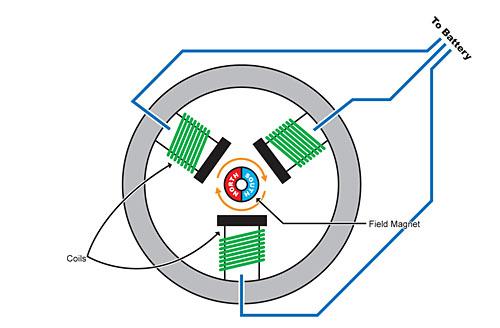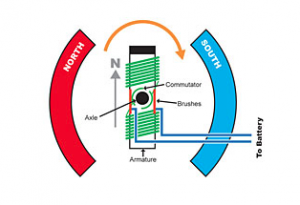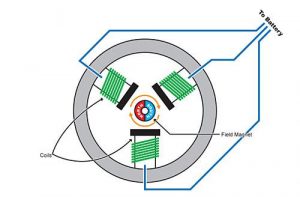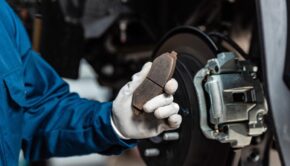Brushed vs Brushless Motors: A Beginner’s Guide
Hello fellow robot enthusiasts, as you know we are, at this moment, living the era of robotics! In fact, we are the first generations giving the first steps in this unexplored and wide world of robot technology. Every year, every month, every week, we browse the internet to find out a new breakthrough in technology has been achieved. Consequently, we know a new innovative product is about to hit the market and amaze the crowds. This last few years have been especially great for the RC (Remote Controlled) industry. We have watched how RC cars, boats, planes, helicopters and drones have grown from simple toys to powerful and useful machines. As robotic fans we are all moved by the new wave of RCs hitting the market, but we must wonder, what moves them?
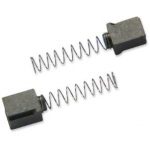
First of all, it is important to understand the concept behind a brush and what its role is. A brush is a component of an electric application and it conducts current between stationary wires and moving parts through commutator contacts (pass current from brushes to the windings). Brushes are usually made of silver, copper, or graphite compound and wire.
How does a Brushed Motor work?
A Brushed Motor has a component called armature (arm) which is a rotating set of wound wire coils. This arm acts as a two poles electromagnet which generate electricity that flow through the wires. As previously mentioned the commutator contacts than pass the current/electricity from the brushes to the windings, causing the arm to spin. Therefore, and as an example, if you fly a RC helicopter or drone this is what it makes the propellers spin.
How does a Brushless Motor work?
A Brushless Motor doesn’t make use of any current carrying device, instead it uses several other components such as an external rotor, three phase driving coils, a hall effect component which detects the rotor’s position, and the associated drive electronics. The coils are gradually triggered one phase after the other by the drive electronics prompted by the sensors. Consequently, acting as three-phase synchronous motors.
What are the advantages of a brushed motor?
|
What are the disadvantages of a brushed motor?
|
What are the advantages of a brushless motor?
|
What are the disadvantages of a brushless motor?
|
Should I choose a Brushed or Brushless motors RC?
Brushed motors are mostly used in low-cost robotics, thus to decrease the production cost and consequently the price for the consumer. Normally, if you have the option you should aim for a product with brushless motors. Brushless means more efficiency, less maintenance and longer lifespan, three qualities we all seek in a product. However, at the end of the day you should pick what best fits your needs and budget. Also, don’t forget that with a simple change of wires and brushes you can always extend the lifespan of a brushed motor.
What is your opinion? Have you had bad or good experiences with one of these types of motors? Let us know in the comment section below, we at Robotics Trends look forward to read from you.

